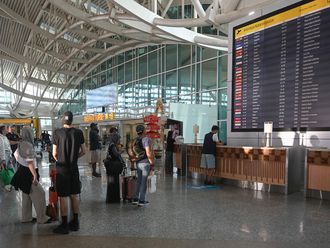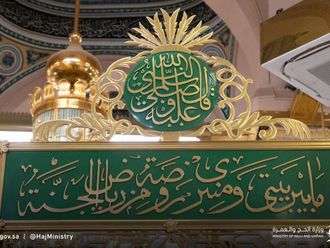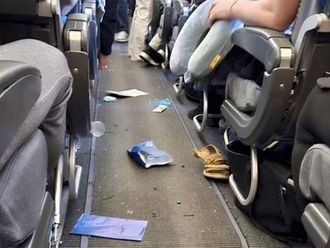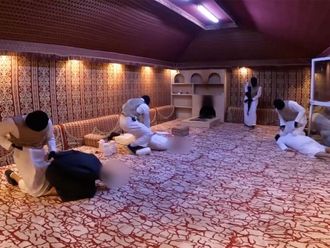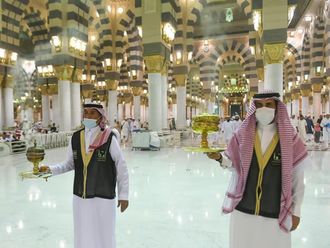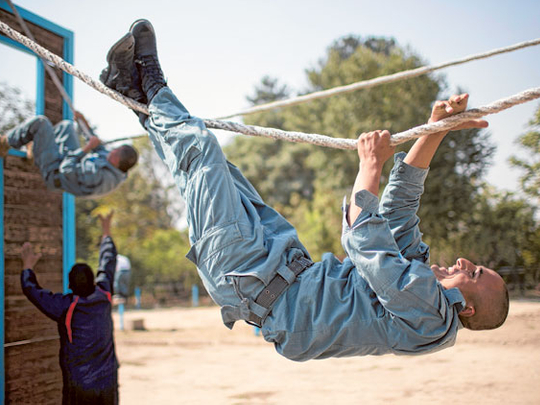
Mazar El Sharif: Nato plans to stick to its timeline for the withdrawal of combat troops in Afghanistan by end of 2014 as has been defined in repeated summits, despite Afghan President Hamid Karzai’s statement that Afghanistan is willing to speed up handover.
“I did not discuss expediting transition with President Karzai. The Afghans have not requested any change to the timeline, and they have not objected to our repeating of the timeline,” Nato Secretary-General Anders Fogh Rasmussen told Gulf News yesterday.
Talking in ISAF’s Camp Marmal in the northern city of Mazar Al Sharif at the end of a surprise two day visit to Afghanistan, Rasmussen was firm that transition of responsibility for taking the lead on security matters from the International Security Assistance Force, ISAF, to the Afghan armed forces would stick to its timetable.
Commenting on Karzai’s statement the previous day in favour of speeding things up, Rasmussen said that Karzai meant that Afghans could take over in new areas more quickly, and he pointed out that that Karzai would very soon announce which districts of Afghanistan would go into Tranche 4 in the five-stage handover of lead responsibility of security to Afghan forces.
New role
Rasmussen was clear that Nato’s mission after 2014 would not include combat, and would be limited to advice, training, and support. However, the terms of reference for the post-2014 mission are still being worked out, and he did not know the exact number of troops that would be involved, and he did not know if Nato troops would be armed or not.
He said that he had held very positive talks with the Afghan political leadership, regional commanders and provincial councils on this issue and was encouraged by the significant progress.
Nonetheless, Rasmussen was concerned that Afghans should feel reassured of continued international commitment to their country for a long time ahead. In addition to the active and ongoing talks on how to shape that post-2014 mission, he spoke of the huge importance of the substantial economic and development assistance from the commitments at the Tokyo Summit.
Rasmussen said that in his talks with Afghan officials at all levels from president down, they requested “full equipment” which means items like heavy artillery and a working air force. While not standing in their way on these requests, he did emphasis that any particular offer of support from individual Nato nations to Afghanistan would have to be coordinated by Nato, whose post-2014 mission would cover the training for use and maintenance of this often very complicated equipment.
Core tasks
The secretary-general insisted that Nato’s mission in Afghanistan was part of Nato’s three core tasks as defined in Nato’s Lisbon summit, which are territorial defence, crisis management, and cooperative security.
“In the new Nato, we are prepared to deploy troops out of area for our core tasks,” he said. “Part of territorial defence is to address security challenges at their root, and we are in Afghanistan to protect our populations at home, and stop terrorists like Al Qaida from attacking us”.
“The concept of territorial defence has changed in the new world and now moves outside borders,” said Rasmussen.
He pointed to the cyber attack on Estonia five years ago as an example of an attack that happened without a shot fired, but was certainly an assault on a Nato member. The Nato action in Libya was under a different head, and was part of what Nato sees as its second core task of crisis management.




